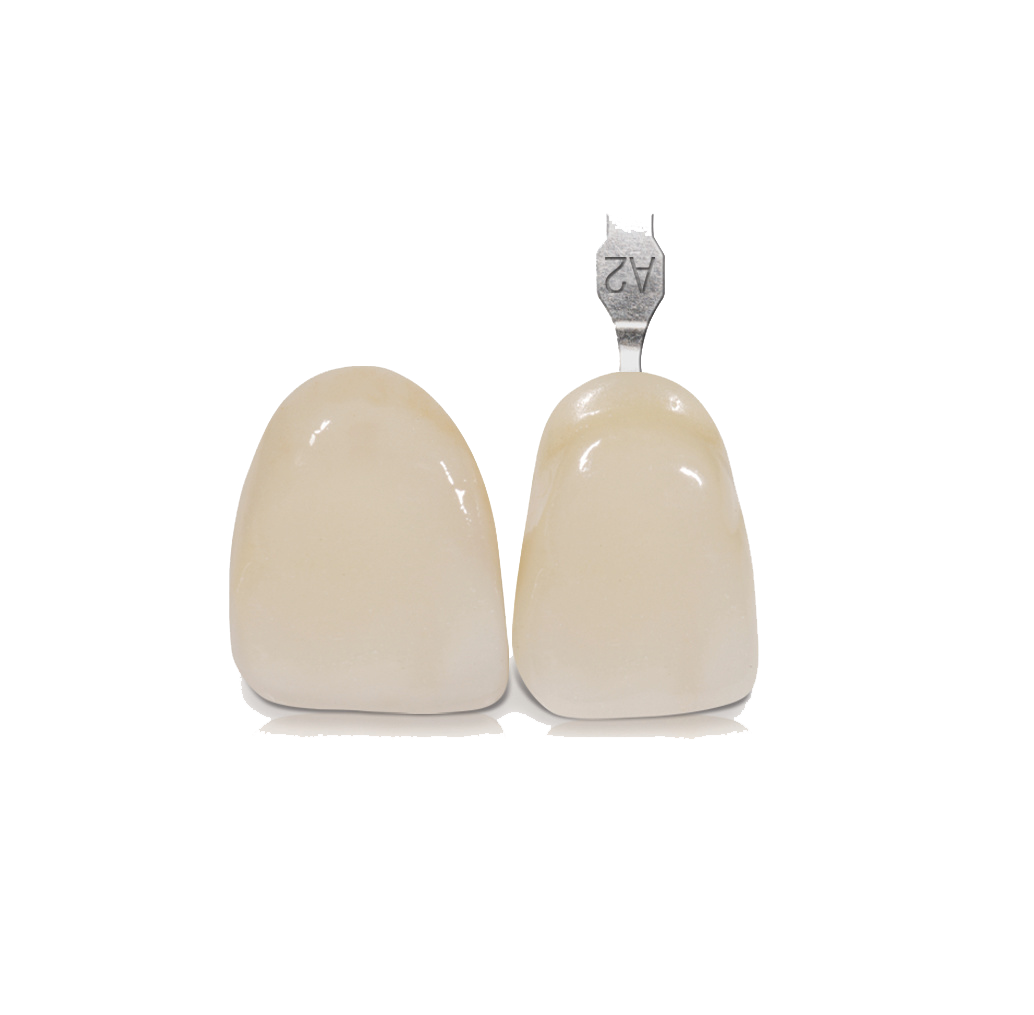

Non-parametric tests were used with a level of significance set at p < 0.05.Īt baseline, there was no difference in the trueness of the total intaglio surfaces between the groups. After incubation, only the conventional CRDPs showed a significant improvement in trueness of the entire intaglio surface (p = 0.0044), but improved trueness was confirmed for all three techniques in most individual regions of interest. The 80-20 % /2 median quantile of the CAD/CAM group demonstrated the highest variability of individual readings, probably due to the size of the milling instrument. However, for all three techniques, 80 % of all deviations of the complete intaglio surface after incubation in saliva were below 0.1 mm. In this in vitro study, the trueness of the intaglio surface of all three investigated techniques seems to remain within a clinically acceptable range. Additional research is warranted on material-related aspects, cost-effectiveness, clinical performance, patient-centered outcomes, as well as other CAD/CAM techniques for CRDP fabrication.

The intaglio surface trueness is an essential aspect in the clinical performance of CRDPs.Īrtificial saliva CAD/CAM Complete denture prosthesis Complete removable dental prosthesis Dental materials Injection-molding PMMA resin Trueness.Want your indirect restorations like crowns, inlays and onlays to stay on? Of course! None of us, patients included of course, want to have to deal with restorations that come off. While our preparations and occlusal design all play a role, so does making sure the internal surface of our restorations have been prepared and treated appropriately. Keep reading for material-specific tips on this. If you are using a decent lab, you really just need to make sure you did not get gunk on it when you tried it in. If not, a rinse and dry is likely all you need here. If you got stuff on the internal or had to adjust the internal, then hit it with some light air abrasion. I like to use Coe Jet 30 from 3M for this. These are the most finicky and sensitive materials of the bunch, thus you need to pay a lot of attention to how you prepare and treat these. Your first step is to try in the restoration, but only do this once you know the internal is clean. Notice I did not say etched cleaned is different than etched. Again, if you used decent lab it should be clean however, if you milled it in your office, it is NOT clean when it comes out of the milling chamber.

You need to clean it prior to trying it in so you don’t get oil and lube from the milling process on the tooth, which can affect your adherence to the tooth. To verify the intraoral scanner, the scanning accuracy is also evaluated, but many previous studies have evaluated the marginal and internal fit of dental prosthesis fabricated using an intraoral. So how do you clean it? One option is a steam cleaner, and another option is scrubbing the internal with soap and water. If you're like me, you can do both I scrub with soap and water then steam.Īfter try-in, the next step is prepare the surface for bonding. If your restoration has not been etched by the lab, do so per the manufacturer’s recommendations for the particular ceramic that has been used.

If your lab etched the crown, you still need to clean the internal again as the etch is no longer good after you tried it in. It’s also worth noting if you put it in the model, it is also not good anymore. The easiest way I have found to “freshen” or “re-activate” the etch is to use Ivoclean from Ivoclar it’s super simple to use while being quick, easy and effective. The last thing to do is silanate the restoration. Zirconia and Conventionally Cemented e.max Once this is done, you are ready for delivery. Most of the time for me it’s as simple as using Ivoclean after try-in. If you have gunk on the inside of the crown, then the same soapy water followed by steam as mentioned above works great before the Ivoclean.


 0 kommentar(er)
0 kommentar(er)
